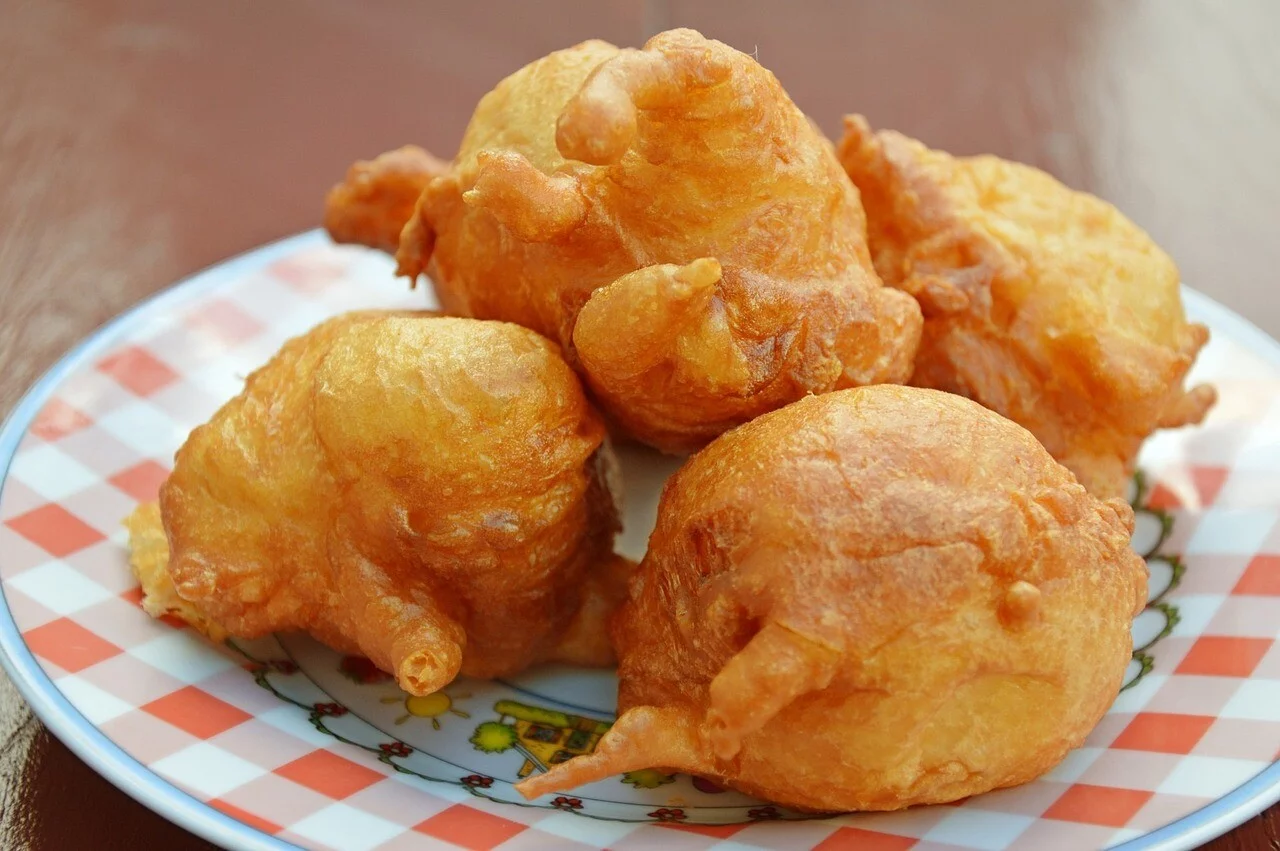Carnival is a celebration celebrated throughout Italy and each region in the period preceding Lent offers its own typical sweets. Among the best known and most widespread in many places on the Peninsula, we find the Chiacchiere, crunchy pancakes with icing sugar, which with different names and slight variations in the ingredients, combine the tradition of many regions. In Piedmont and Liguria they are called Bugie, in Venice they are known as Galani, while in Umbria they are called Frappe; Cenci, on the other hand, is the Tuscan name for Chiacchiere.
Among the other most famous regional desserts we find the following:
- in Emilia-Romagna, among the Carnival recipes, the Castagnole stand out, pancakes made with flour, eggs and sugar, often filled with cream or chocolate.
- In Tuscany, the typical sweets of the Carnival are Schiacciate fiorentine, a simple and soft dessert, often filled with cream.
- In Puglia, one of the typical sweets of the Carnival is Dita degli apostoli, similar to small crepes filled with ricotta and chocolate.
In short, each region has its own typical dessert.
These are perhaps the best known delicacies in our country that can be tasted during the Carnival period. By doing a little research, it is possible to rediscover ancient recipes, handed down for generations, which bring the tradition of the past to the table and evoke distant memories with the scent alone.
An example are Sciumette, a typical Ligurian sweet. Ligurian sciumette are similar to meringues but differ in the cooking method which takes place in boiling milk instead of in the oven. It is a very light dessert with a delicate flavour, little known today and prepared only by true lovers of tradition.
In the Belluno valleys, during the Carnival period, you can taste Carfogn, a typical dessert of popular cuisine which takes its name from the hamlet of Carfog in the municipality of Canale d'Agordo. Carfogn resembles small crostoli, filled with a compound made of very finely ground poppy seeds, jam or chocolate or honey and with a little grappa.
A Neapolitan dessert that is probably little known outside the regional border is the Miglioccio. It is a kind of oven-cooked pastiera, originally made up of a few simple ingredients including millet (miglio in italian), from which it takes its name. Today the Miglioccio is made with semolina and represents the main dish of Shrove Tuesday.
In Sicily among the typical sweets of the Carnival we find the glazed Pignolata, a specialty included in the national list of traditional agri-food products (PAT). The Messina pignolata owes its name to its appearance, similar to a pile of pine cones of various sizes, formed by balls of fried sweet dough covered with a double glaze: half with a white lemon glaze flavored with citron and the other half from a dark chocolate vanilla flavored frosting.


